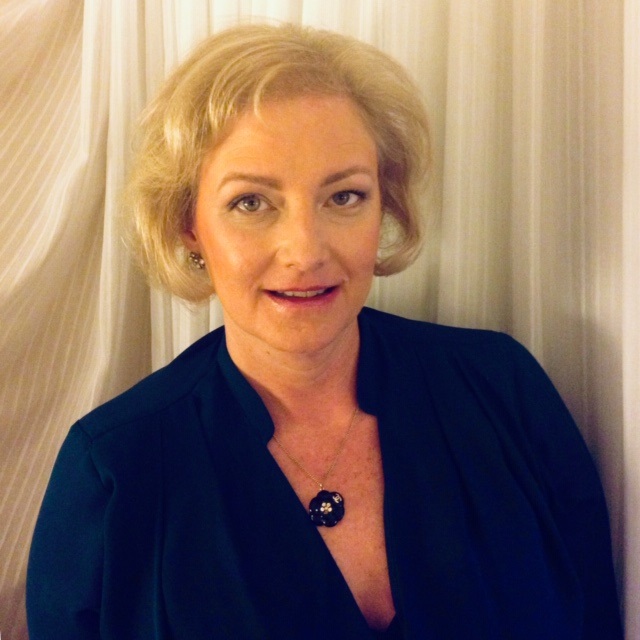At the recent Oracle OpenWorld Dubai show, Oracle showed a demonstration of how natural Honey can be verified by blockchain. You may wonder, well, why would anyone need Honey verified by blockchain? You may be surprised to learn that Honey is one of the most frequently impure or mislabeled foods. In recent years, Honey mixed with impure ingredients such as sugar, salt, corn syrup and even toxins has been found at grocery suppliers and retailers.
According to research by Food Safety News, as much as 76% of the Honey sold in grocery stores is fake. Some of it even contains toxins which can make people very ill. With the increase of fake Honey flooding the market, the importance of making the provenance and the origin of Honey transparent to consumers, via labeling powered by blockchain, can not be underestimated. Putting Honey on the blockchain can literally save people lives by identifying potentially harmful ingredients. In an article exploring the honey laundering industry, Wide Open Eats identifies that some fake Honey contains, Chloramphenicol, an antibiotic banned in the U.S. that has been linked to cancer and is dangerous to some people.
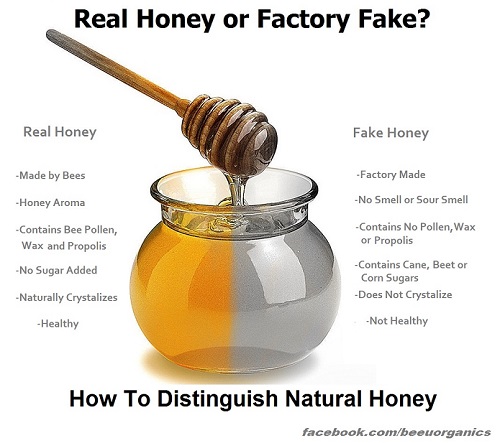
Preventing the sale of fake Honey with blockchain technology
The sale of fake honey or impure Honey, could be prevented by verifying that the Honey hasn’t been tampered with by using blockchain technology. Ultra-filtration, a process that removes all the naturally, beneficial pollen from honey in order to make the Honey last longer on retail shelves, make it impossible to tell the original country of origin. This means food regulators can’t screen for fake honey by common countries of origin like China or India. This raises an interesting question, just because the label on the jar says pure organic Honey, how does the consumer really know if that is true?
Caroline Denoon-Slater, of the Oracle UK team, explains how blockchain can be used to verify Honey ingredients and solve the problem of contaminated Honey entering the supply chain. “It’s all about trying to guarantee the security and authenticity of the raw Honey,” says Caroline Denoon-Slater. “We’re identifying that there are no additional processes being applied to it.”
Although there are a multitude of articles and guides available about how consumers can identify fake Honey by tasting it, or looking at it carefully, these methods are far from fool proof, and don’t necessarily help consumers before they buy Honey.
Using unique identifiers to verify real Honey
Oracle has developed a solution to the fake Honey challenge by working with IoT technology via the World Hive Network. The technology helps identity which bee hives have been harvested. Oracle pulls that information into the Oracle Blockchain Platform. There are a number of key identifiers that Oracle looks at and collects in order to verify the Honey.
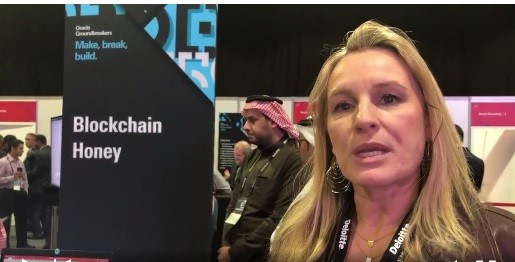
“We look at the health of the bees, we look at the temperature of the bees, we look at the amount of honey that’s been produced, that they need to maintain in order to get them through the winter, and then we take the rest of the harvest and we can go through the processes either by crushing it, by taking the honey comb, or purifying or fermenting that Honey,” notes Caroline Denoon-Slater of Oracle.
Any and all information collected in either scenario, can be stored in the blockchain and shared throughout the supply chain between the different parties involved from grower/producer to retailer. All of this identifiable information can help qualify the Honey as authentic. This means when consumers look at the label on the bottle of Honey in the store, consumers will then be able to identify the honey as real and see where the Honey has come from to help ensure their health and the health of their families.
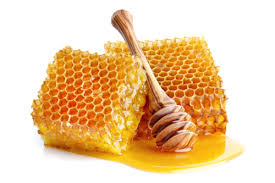
The future of Honey verification with blockchain
There are a number of other pieces of data that Oracle is investigating to further aid in honey verification:
• Checking the type of pollen against that from plants in the locality of the hives where the honey was harvested. For example, if the honey contains maple pollen and the hive is in Reading, UK this could indicate the honey has been tampered with as maple doesn’t grow in Reading.
• Recording the pollen “signature” at source and then comparing it with a sample taken further down the supply chain to see if it has been tampered with (e.g. filtered or diluted.)
• Analysis of the habitat surrounding the hives. It’s more likely and economically practical that any “standard” applied to honey would be based on how the farm is being managed – for example the farmer is setting aside a percentage of the land to grow pollinator friendly plants all year round. We can monitor this by analyzing aerial images of the land and analyzing how the land is divided.
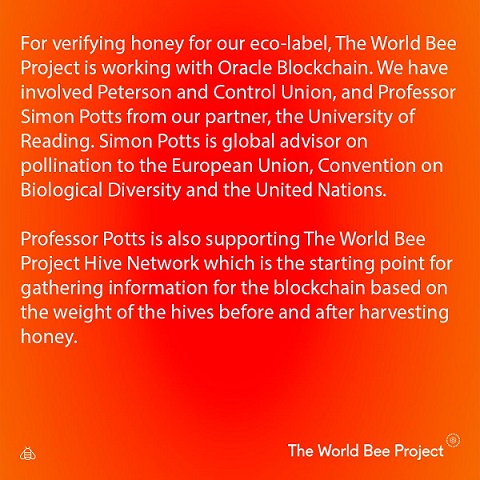
To continue their work with blockchain for verifying Honey, Oracle is partnering with the World Bee Project and Professor Simon Potts, who is global advisor on pollination to the European Union, Convention on Biological Diversity and United Nations. Professor Potts is working with Oracle Blockchain and the World Hive Network (which is the starting point for gathering information for the blockchain based on the weight of the hives before and after harvesting.)
